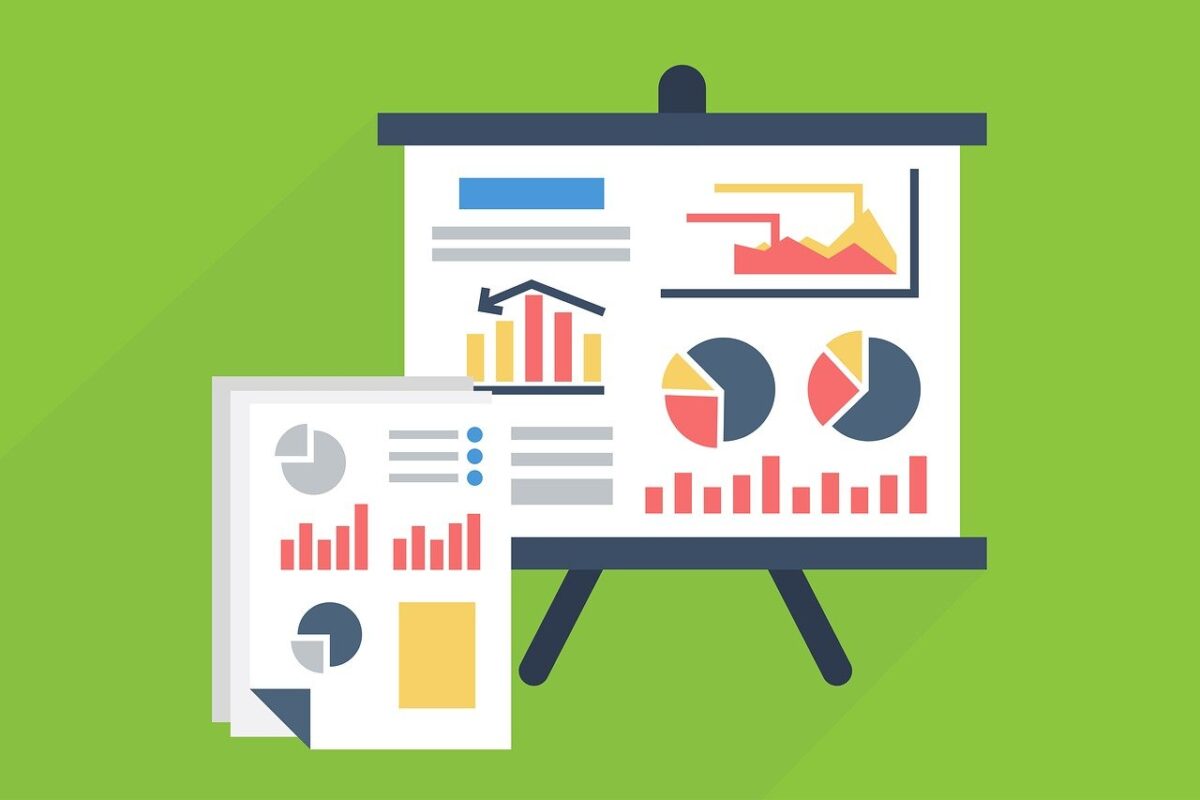Few industries are as well-positioned as retail to use data-driven systems to improve their bottom lines. Retail analysis is flush with sources of data, including information that can be derived from sales, inventory, traffic and marketing. Turning all this information into something useful, however, requires an understanding of where retail data systems fit into the bigger picture. Let’s take a look at the trend and how data analytics software may be used to boost your business.
How is it Affecting the Retail Industry?
As of 2019, omnichannel marketing and sales have become key features of how many retailers and customers interact. Even the simplest forms of this approach have changed what items are put into inventory, which customers are met with what appeals, how prices are chosen and how stores themselves are designed.
For example, let’s look at loss prevention systems that are used by many brick-and-mortar retailers. Using retail analysis methods, we can quickly spot which departments suffer the greatest losses. Items that are commonly stolen can be moved to spots where sales associates can see them. Closed areas of stores that allow for bad behavior can be opened up to observation. Patterns that might not be obvious to the average person can be discovered by comparing data across multiple stores.
Why Should Retailers Invest in Data Analysis?
Supply chains are being tightened up like never before. In the world of clothing sales, for example, you want to keep inventory purchases as close to trend spotting as possible. Retail data systems can dig deep into information gleaned from social media to empower buyers on the other side of the planet to make decisions about items to put in stores and on websites. The timing of trend data pulled from customer analysis will increase the chances that a trend will arrive in stores right before it’s ready to take off with the general public.
Personalization also offers many opportunities. Insights can be derived from mobile apps, website purchases, in-store sensors and post-of-sale units. Marketing appeals can then be tailored to the specific tastes and desires of the customer, such as offering coupon codes via text when the mobile app notices they’re within a certain driving range of a physical store.
All of this is data intensive. Customer analytics calls for a backend of systems that can store data securely and make it readily available to decision-makers in a timely manner.
Analyzing Customer Behavior
Good data science people approach customer analysis with a highly experimental attitude. Let’s say you want to determine the optimal layout for your store’s website. A/B testing methods can be utilized to discover how to maximize ROI. You simply serve multiple version of the website, and then you can use data analytics software to compare which versions kept folks on the site longest, drove sales and encouraged return engagement. Customer analytics can even be utilized to establish whether some customers should be pursued more aggressively with offers, sales and other incentives.
Using Predictive Analytics
Figuring out where to put money before the next sales season hits will be one of the biggest goals of many retail analysis efforts in 2019. In-store Wi-Fi offered for free can include opt-ins that allow data gathering and mining to be performed. These can then be used to determine which customers should be encouraged with loyalty programs, points offers and more. Metadata can even be employed to establish what the relationships are among different customers, allowing you to see how friends circles and families influence members.
Ultimately, you want to get to the point that predictive systems provide prescriptions. In addition to getting ahead of trends, decisions can be made about how many items to put on shelves, what times of day customer support is most needed and where to place salespeople in stores.
Processes will be increasingly tailored around the customer experience and ROI. Assortment analytics can be used to make recommendations regarding products that are frequently purchased together. This can be used, for example, to issue coupons at checkout that will encourage customers to come back soon. Similarly, website and app versions of stores can point customers toward product recommendations they’ll actually want.
Deriving these sorts of insights is not a light undertaking. Data needs to be accumulated in sufficient quantities to ensure that predictions actually track closely with results. A data-driven attitude has to be fostered throughout a business, and an eye always has to be kept on quality control. In time, though, a company can form a robust base to work from and to deliver value to both customers and internal stakeholders.




